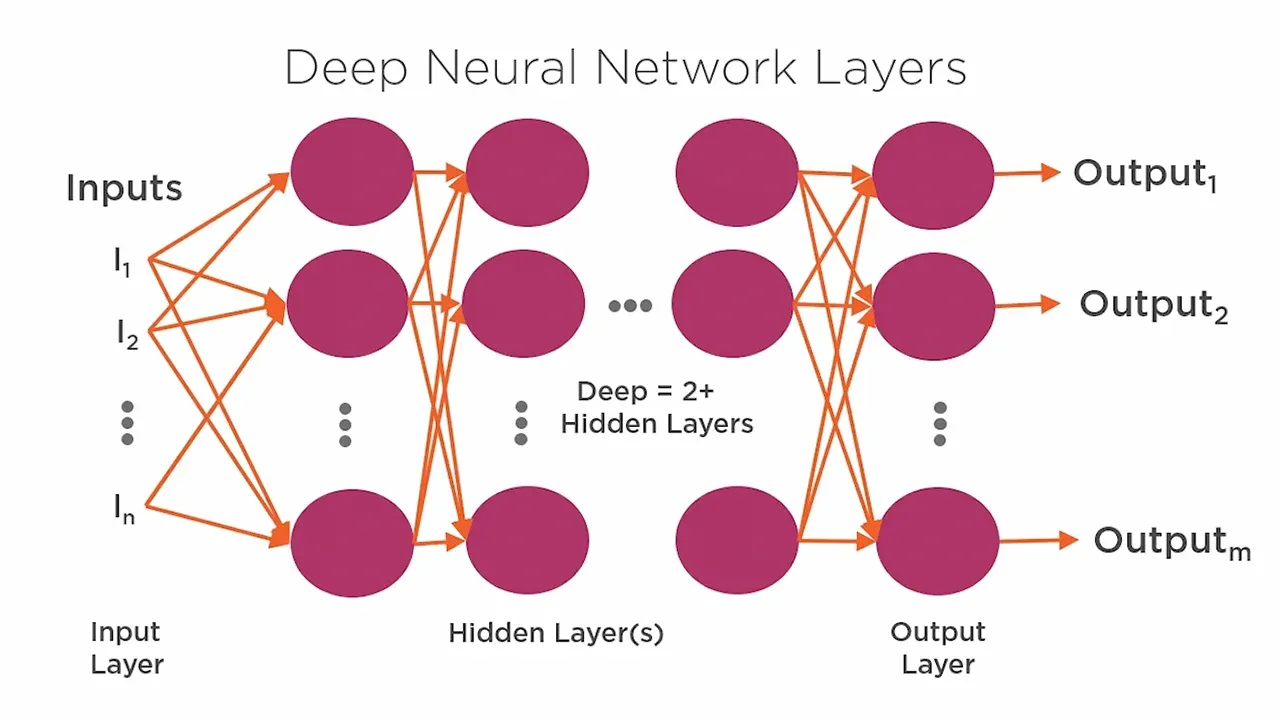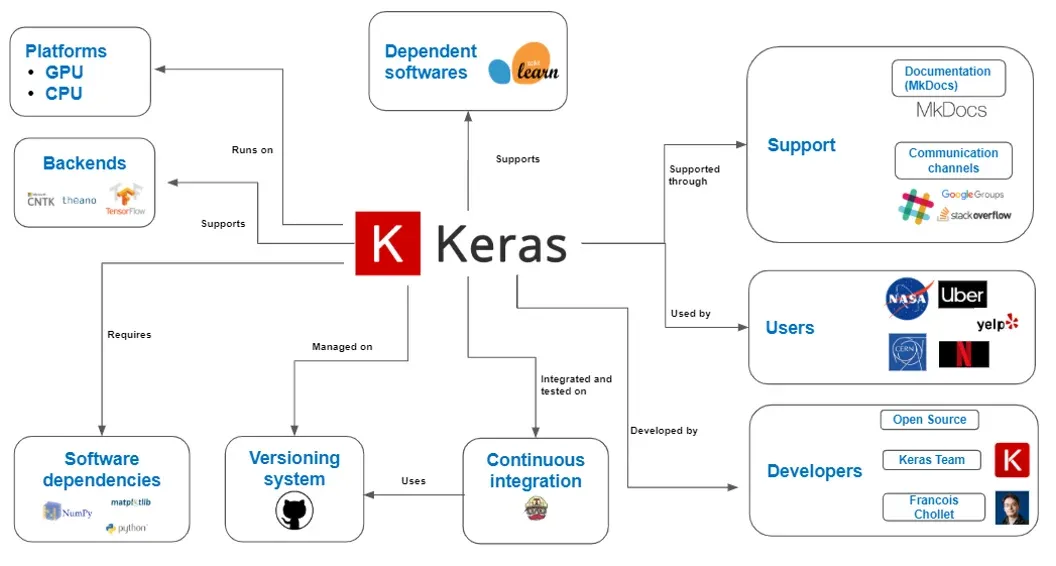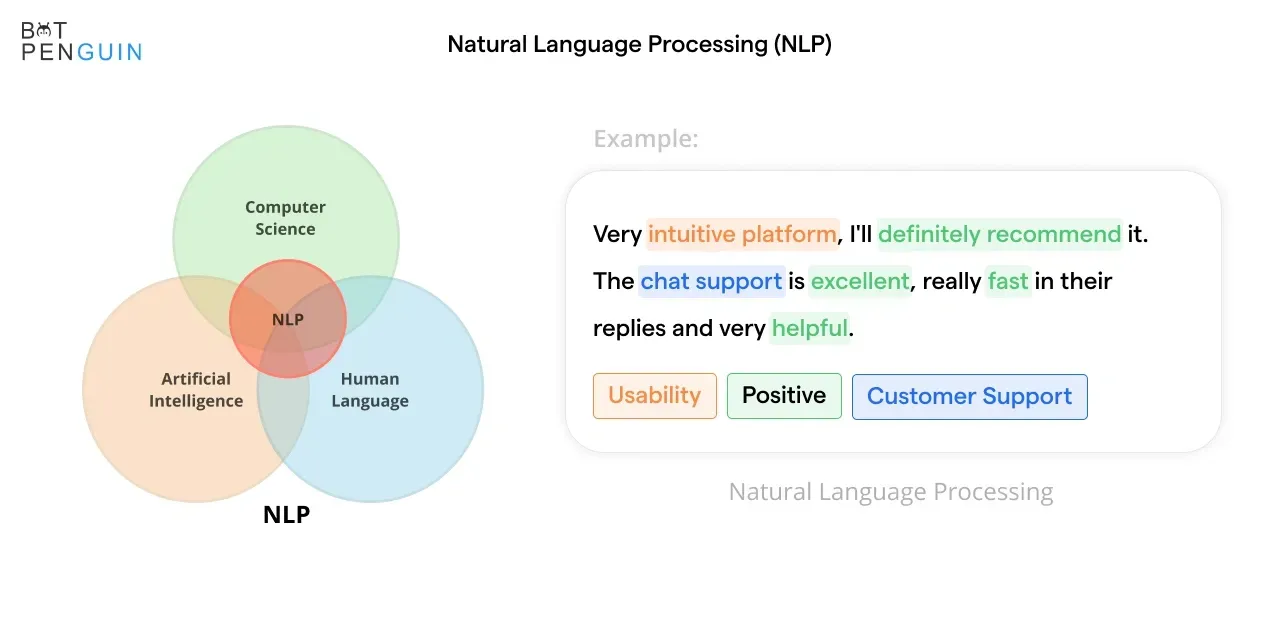Chatbots are the future of conversational interfaces, and Keras is a powerful tool that can help you build one with ease.
In this blog, we'll delve into the world of Keras and its role in chatbot development, exploring its advantages, the development process, and the techniques used to create engaging and intelligent chatbots.
We'll start by understanding how Keras simplifies building and training neural networks, making it a developer's go-to choice.
Next, we'll guide you through the chatbot development process, covering data collection, preprocessing, and designing the chatbot's architecture.
As we progress, we'll dive into natural language processing (NLP) techniques, such as tokenization, named entity recognition, and sentiment analysis, which are essential for effective chatbot interactions.
We'll also explore how Keras can be utilized for text classification, intent recognition, and implementing sequence-to-sequence models for chatbot conversations.
Additionally, we'll discuss the importance of natural language generation (NLG) in generating human-like responses and how Keras can be leveraged to implement NLG in chatbots.
Stick around until the end to discover how Keras can empower you to create intelligent and engaging chatbots that revolutionize the way we interact with machines.
What is Keras?

Keras is a deep-learning library written in Python.
Its high-level nature makes it incredibly user-friendly, allowing developers to focus on the architecture of their deep learning models rather than the nitty-gritty details.
Keras and Deep Learning

Deep learning is a subfield of artificial intelligence that uses artificial neural networks to learn and make predictions.
Keras simplifies building deep learning models by providing a user-friendly interface.
It allows developers to define and train neural networks with just a few lines of code, abstracting away the complexities of lower-level frameworks.
Keras and Artificial Intelligence
Artificial intelligence is all about creating intelligent machines that can mimic human intelligence.
Keras, with its deep learning capabilities, plays a key role in enabling machines to learn from historical data and make intelligent decisions.
Developers can use Keras to build AI applications such as image recognition, natural language processing, and recommendation systems.
Next, we will cover some advantages of using Keras in chatbot development.
Advantages of Using Keras in Chatbot Development
Welcome back! This section will explore the advantages of using Keras in chatbot development.
Keras provides an easy and intuitive API for building and training neural networks, ensuring a smooth development process.
Let's dive in!
Easy and Intuitive API for Building and Training Neural Networks
Building and training neural networks can be complex, but Keras simplifies the process with its user-friendly API.
Whether you are a beginner or an experienced developer, Keras makes it easy to design and train neural networks.
Its intuitive syntax and modular design make it a joy to work with, reducing the learning curve associated with deep learning frameworks.
Compatibility with Different Backends, such as TensorFlow and Theano

Keras is designed to be backend-agnostic, meaning it can seamlessly work with multiple deep learning frameworks, such as TensorFlow and Theano.
This flexibility allows you to choose the backend that best suits your needs or leverage existing frameworks within your organization.
There is no need to worry about compatibility issues—Keras has got you covered!
Next, we will cover the chatbot development process.
Suggested Reading:
Why BotPenguin is the best Custom Chatbot Development provider
Understanding the Chatbot Development Process
Now that we've explored the advantages of using Keras, let's examine the chatbot development process in more detail.
In this step-by-step guide, we'll cover everything from data collection and preprocessing to designing the chatbot's architecture.
Let's get started!
Data Collection and Preprocessing for Training the Chatbot
Building an effective chatbot starts with collecting and preprocessing data. Depending on the type of chatbot you're building, you'll need relevant data to train it.
This could be customer support transcripts, online conversational data, or any other relevant dataset.
Once you have the data, you'll need to preprocess it, which involves cleaning, tokenizing, and encoding the text to prepare it for training.
Designing the Architecture of the Chatbot using Keras
Once you have your preprocessed data, it's time to design the architecture of your chatbot using Keras.
This involves defining your neural network's layers, connections, and parameters. Keras provides a wide range of layers, including dense layers (fully connected layers), LSTM layers (for sequence modeling), and embedding layers (for word representation).
You can fine-tune your chatbot to achieve the desired performance by experimenting with different layer configurations.
Next, we will see how to apply NLP in chatbot development.
Applying Natural Language Processing (NLP) in Chatbot Development
In this section, we'll dive into Natural Language Processing (NLP) and its importance in chatbot development.
We'll explore the various techniques used in NLP to make chatbot interactions more effective and engaging. Let's get started!

Discussing the Importance of NLP in Chatbot Interactions
NLP plays a vital role in chatbot development, allowing chatbots to understand and respond to human language effectively.
NLP analyzes and interprets user input, enabling chatbots to provide accurate and relevant responses.
NLP-powered chatbots could understand the complexities and nuances of human language, resulting in more engaging and valuable interactions.
NLP Techniques used in Chatbot Development
Now, let's explore some of the key NLP techniques used in chatbot development:
- Tokenization: Tokenization is breaking down textual data into smaller units called tokens. These tokens can be individual words, phrases, or even sentences. By tokenizing user input, chatbots can understand the structure of the text and extract meaningful information.
- Named Entity Recognition (NER): NER is a technique for identifying and classifying named entities in text, such as names, locations, organizations, and dates. This allows chatbots to extract specific information and provide more personalized and relevant responses.
- Sentiment Analysis: Sentiment analysis is the process of determining the sentiment or emotion expressed in a piece of text. By analyzing user sentiment, chatbots can adapt their responses accordingly. For example, the chatbot can provide empathetic and supportive responses if a user expresses frustration.
Next, we will cover using Keras for text classification and intent recognition.
But on second thoughts, you need not go the long way to create smart AI chatbots when you can create your own AI chatbot in just a few clicks!
For example, BotPenguin a NO-CODE AI Chatbot development platform lets you easily train your chatbot on custom data, paint them with your logo and branding, and offer human-like conversational support to your customers.
And that's not it!
BotPenguin allows users to integrate some of the prominent NLP models like GPT 4, Google PaLM and Anthropic Claude to create AI-powered chatbots for platforms like:
- WhatsApp Chatbot
- Facebook Chatbot
- WordPress Chatbot
- Telegram Chatbot
- Website Chatbot
- Squarespace Chatbot
- woocommerce Chatbot
- Instagram Chatbo
Leveraging Keras for Text Classification and Intent Recognition
This section will explore how Keras can be used for text classification and intent recognition in chatbots.
Keras provides a simple yet powerful API for building and training models that can handle these tasks efficiently.
Text Classification and Intent Recognition in Chatbots
Text classification involves categorizing input text into predefined classes or categories. In chatbots, text classification is used to identify the intent behind user messages.
Chatbots can accurately understand user requests and provide appropriate responses by determining the intent.
Intent recognition is a crucial component of chatbot development, forming the foundation for effective user interactions.
It allows the chatbot to discern whether a user is asking a question, requesting, expressing a command, or exhibiting any other intent.
Using Keras for Training Models with Labeled Data for Intent Identification
Keras simplifies the process of training models for text classification and intent recognition.
By providing a user-friendly interface and a wide range of deep learning layers and models, Keras makes it easy to build and train models with labeled data.
To train a text classification model, you'll need a labeled dataset that includes examples of user queries along with their corresponding intents.
Using Keras, you can design and train a neural network that learns the underlying patterns and relationships between user input and intents.
Next, we will cover how to implement sequence-to-sequence models for chatbot conversations.
Implementing Sequence-to-Sequence Models for Chatbot Conversations
In this section, we'll dive into the world of sequence-to-sequence models and how they can be implemented in chatbot development.
We'll explore the concept behind these models and take a look at how Keras can help us bring our chatbots to life.
Let's get started!
Concept of Sequence-to-Sequence Models in Chatbot Development
Sequence-to-sequence models are neural network architecture that has revolutionized chatbot conversations. They consist of two main components: an encoder and a decoder.
The encoder takes in an input sequence, such as a user's message, and captures its meaning in a fixed-size context vector.
The decoder then generates a response sequence based on this context vector. This enables chatbots to understand and develop relevant and coherent responses.
Sequence-to-sequence models allow chatbots beyond simple rule-based responses and handle more complex interactions.
They can learn from large training data and generate responses that mirror natural human conversations, making chatbot interactions more engaging and realistic.
Keras' Capabilities in Implementing These Models
Keras is a powerful deep-learning library that provides excellent support for implementing sequence-to-sequence models in chatbots. With its high-level API, building an encoder-decoder architecture becomes a breeze.
Keras lets you define your encoder and decoder models using different layers and configurations. For capturing sequential information, you can experiment with different recurrent layers like LSTM or GRU.
Keras also provides mechanisms to handle padding, truncation, and the management of variable-length input sequences, which are common in chatbot conversations.
Next, we will cover how to utilize Keras for NLP in chatbots.
Suggested Reading:
How to train a Custom Chatbot on your own data with ChatGPT?
Utilizing Keras for Natural Language Generation (NLG) in Chatbots
Now, let's turn our attention to Natural Language Generation (NLG) and how Keras can be used to generate human-like responses in chatbots.
NLG generates coherent and contextually appropriate natural language sentences based on predefined templates or learned patterns.
NLG and its Role in Chatbot Responses
NLG plays a crucial role in chatbot responses by allowing them to generate human-like and personalized messages.
Instead of relying solely on predefined phrases or templates, NLG enables chatbots to construct responses dynamically based on the context of the conversation.
Using NLG, chatbots can take into account various factors, such as the user's intent, the context of the conversation, and specific user preferences, to generate tailored responses.
This enhances the user experience and makes interactions with the chatbot feel more natural and engaging.
How Keras Can Be Used for Generating Human-like Responses?
With its powerful deep learning capabilities, Keras can be leveraged to implement NLG in chatbots.
By training models on large datasets of human conversations, Keras can learn the underlying patterns and structures of natural language. These models can then be used to generate contextually appropriate responses.
With Keras, you can experiment with different NLG architectures, such as recurrent neural networks or transformer models, to train models that generate coherent and human-like responses.
Keras provides many layers and utilities that simplify training these models.
Conclusion
Chatbots are revolutionizing how we interact with technology, and Keras is the key to unlocking their full potential.
Using Keras' deep learning capabilities, you can build chatbots that understand natural language, decipher user intent, and generate human-like responses seamlessly.
With Keras, you can implement cutting-edge techniques like sequence-to-sequence models, natural language generation, and advanced NLP methods, elevating your chatbots to new levels of intelligence and engagement.
Don't settle for basic chatbots. Unleash the power of Keras and create conversational experiences that truly mimic human interaction.
Revolutionize your customer service, streamline processes, and provide personalized assistance like never before. Embrace the future of chatbots today with Keras.
Suggested Reading:
Frequently Asked Questions (FAQs)
What is Keras and why is it important in chatbot development?
Keras is a popular deep-learning framework that simplifies the creation and training of neural networks. It helps chatbot development by providing an intuitive interface and a vast collection of pre-trained models.
Can Keras be used for both rule-based and AI-driven chatbots?
Yes, Keras can be used for both rule-based and AI-driven chatbots. It allows developers to build and train models for natural language processing, sentiment analysis, and other essential chatbot functionalities.
Does Keras support multi-turn conversations and context understanding?
Absolutely! Keras supports the development of chatbots that can handle multi-turn conversations and understand context. Its sequence models, such as LSTM and GRU, are well-suited.
How does Keras help in improving chatbot performance and accuracy?
Keras provides a range of optimization algorithms and loss functions that help improve chatbot performance and accuracy. Its ability to handle large datasets and train complex models contributes to better chatbot outcomes.
Can Keras integrate with other chatbot development tools and frameworks?
Yes, Keras is highly flexible and can seamlessly integrate with other chatbot development tools and frameworks. It complements popular platforms like TensorFlow and PyTorch, allowing developers to leverage their benefits while using Keras for specific tasks.


